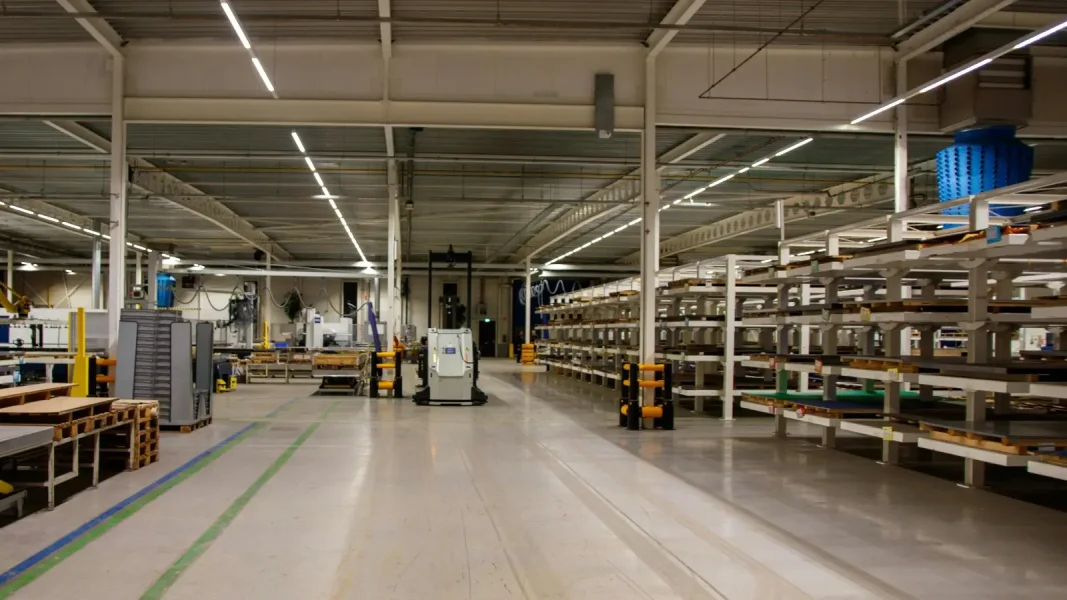In the franchise business model, the franchisee is an independent entrepreneur, responsible for his or her own sales.
It is also the guarantor of the brand’s concept.
He pays the franchisor to benefit from the brand’s reputation, know-how, ongoing assistance and professional tools.
The benefits and trade-offs of the franchise model can also be found in the area of pricing.
The franchisee receives recommendations from the head office, which wants to ensure that the price image is respected of the brand.
He can decide to follow them, or free himself from them to a greater or lesser extent, in an attempt to improve competitiveness and/or profitability.
Adoption of a pricing solution, shared between the head office and franchisees, facilitates internal communication and arbitration.
It also enables franchisees to save time on vital but under-utilized expertise.
In this article, discover the benefits of implementing a pricing solution in both franchised and centralized stores.

A better understanding of prices
Pricing can be a source of misunderstanding between the head office and franchisees.
On the one hand, the head office seeks to maintain price consistency throughout its network.
Excessive variations could damage the brand’sprice image and, more generally, its pricing strategy.
On the other hand, franchisees sometimes have the impression of receiving price recommendations from the head office that are inconsistent with their own vision of the product, seasonality and, above all, their local competitive environment.
They fear that, if they follow these recommendations, they won’t be able to generate the expected margins, or won’t be competitive enough.
Bringing a pricing solution to your franchise network provides the transparency you need to make the right trade-offs between the “macro” vision of the head office and the local vision of the franchisee.
With a specialized solution, the franchise can centralize and cross-reference all relevant information to determine prices:
- Internal price data flows,
- Competitor data,
- The different influencing factors.
The price definition is more precise.
It is based on reliable data that reflect the reality of the network and competitors.
As a result, the plant is better able to justify recommendations to its franchisees.
In fact, the solution incorporates into its recommendations elements and influencing factors that franchisees can’t access with their cash register software or Excel spreadsheets.
Since information is accessible to franchisees, the pricing approach becomes collaborative. Franchisees gain in visibility.
Internal communication between the head office and franchisees on the subject of prices is more fluid.
And trade-offs are easier to manage.
Pricing discussions between franchisees and franchisors often revolve around the question of the margins that the former will be able to achieve. If a franchisee is up in arms about a recommendation from the head office, it’s because he feels his margin could have been higher.
When a retailer develops its pricing strategy, it takes into account many factors other than margin. By focusing on loss-leader products, for example, it hopes to reinforce its price image, boost in-store traffic and even increase the average basket.
Without a global vision of the expected impact of the new pricing recommendations, franchisees will often stop at the notion of product-by-product margins, for want of a more detailed analysis of their KPIs and sales data.
An appropriate tool enables the head office to justify its choices, and the store manager to understand their impact. The latter could then rework its prices more finely if it wished, with a better overall understanding of pricing issues.
On average, OptimiX partners gain 2.6% margin in the first 6 months after installing the Pricing solution. This margin gain is the result of a granular, multi-factorial approach to pricing. Precision gains and improved contextualization maximize profitability at all levels.

Saving valuable time for franchisees
Using a specialized pricing solution facilitates operational price management for the franchisee.
If he chooses to follow the recommendations of the central purchasing office, he has a unique management tool to monitor his in-store prices and, if necessary, the price trends of his local competitors.
On the other hand, if he wanted to control his prices more precisely, he would previously have had to make modifications manually in his own systems. With a dedicated solution, he can simulate price changes directly in the tool, and assess the impact according to different scenarios.
In other words, when franchisees choose to act on prices, they do so with full knowledge of the facts, based on contextualized information accessible in real time.
The solution gives franchisees greater freedom, while providing them with faster, more comprehensive information. Pricing management is largely automated and reinforced, allowing him to devote more time to the operational tasks he considers to be at the heart of his business.
Better management of in-store price changes
From an operational point of view, changing a large number of prices in a short space of time seems perilous for stores.
When the head office makes a request to this effect, the franchisee can feel caught flat-footed, as he is often short of time.
With the help of an adapted tool, it is possible to better time price changes according to store profile.
In this way, label changes can be smoothed out over the weekadapted to store traffic and team availability.
In this way, change takes place smoothly, with minimal impact on employee productivity.
An overview of price management for the franchisor
Adopting a pricing solution strengthens visibility of in-store prices.
The franchisor can easily see whether franchisees have followed his price recommendations.
He can also set up alerts if a franchisee has modified a certain number of prices in relation to the recommendations.
For the head office, this visibility helps to better monitor the impact and acceptability of recommendations by franchisees.
Par exemple, si un franchisé choisit de ne pas suivre les préconisations, la centrale peut suivre la situation, analyser l’impact sur les performances et entamer un dialogue pour changer les prix si les performances ne suivent pas.
Pour ce faire, elle pourra aussi s’appuyer sur les résultats des magasins similaires en termes de structure et d’environnement concurrentiel.
The franchisor can also monitor price distribution, i.e., analyze how stores have reacted to the recommendation made to them:
- how many franchisees have lined up,
- how many have set a higher price and,
- how many have chosen a lower price.
Here again, the challenge for the franchisor is to ensure that the recommended price is fair.
If it is followed by most franchisees, it’s a sign that the recommendations are good and well perceived by the field.
Better management of network responsibilities
Pricing management is a delicate issue in franchise networks, as it affects the level of leeway that the head office must grant franchisees.
Of course, they are independent and must enjoy a certain degree of freedom, but a consistent pricing image is crucial for the franchisor.
The adoption of a tool that meets the constraints of independent networks makes it possible to maintain the freedom of franchisees while ensuring price consistency across the network.
Via the pricing solution, the head office must offer consistent prices.
It offers franchisees turnkey pricing management, in which they are not experts.
Generally speaking, the franchisor sets the course, but the franchisee is free to apply the prices he or she considers most appropriate.
To give stores more choice, some franchises will offer them several price ranges
- One or more aggressive tariffs
- A normal or medium rate
- One or more tariffs offering greater margins
Depending on their own perception of their environment, franchisees will opt for one or the other.
In short, the head office oversees the pricing strategy via recommendations.
Franchisees choose the type of pricing they wish to align themselves with.
The information is passed on to the head office, which can then evaluate the impact of these choices.
----------------------------
Adopting a pricing solution strengthens communication and collaboration between the head office and franchisees.
Franchisees are free to decide whether or not to follow price recommendations, but in any case they can rely on reliable analyses and simulations to make informed decisions.
The franchisor, for his part, is better equipped to support his recommendations and steer the pricing strategy of the network as a whole.
In addition to the collaborative aspect, a specialized pricing solution offers significant time and efficiency savings for franchisees.
Pricing is a powerful growth driver that should not be underestimated.
By adopting a strategic, data-driven approach, companies can tap into untapped growth potential.
From pricing automation, to strategies focused on consumer price sensitivity, to understanding consumer psychology, the possibilities are vast.
Analyzing market trends, experimenting and adapting pricing strategies are essential to ensure growth in a constantly evolving market.
The power of pricing can pave the way to increased revenues and profitability.
Do you want to streamline collaboration within your franchise network and meet franchisees’ demands for effective tools to make their day-to-day work easier?
Contact us!







